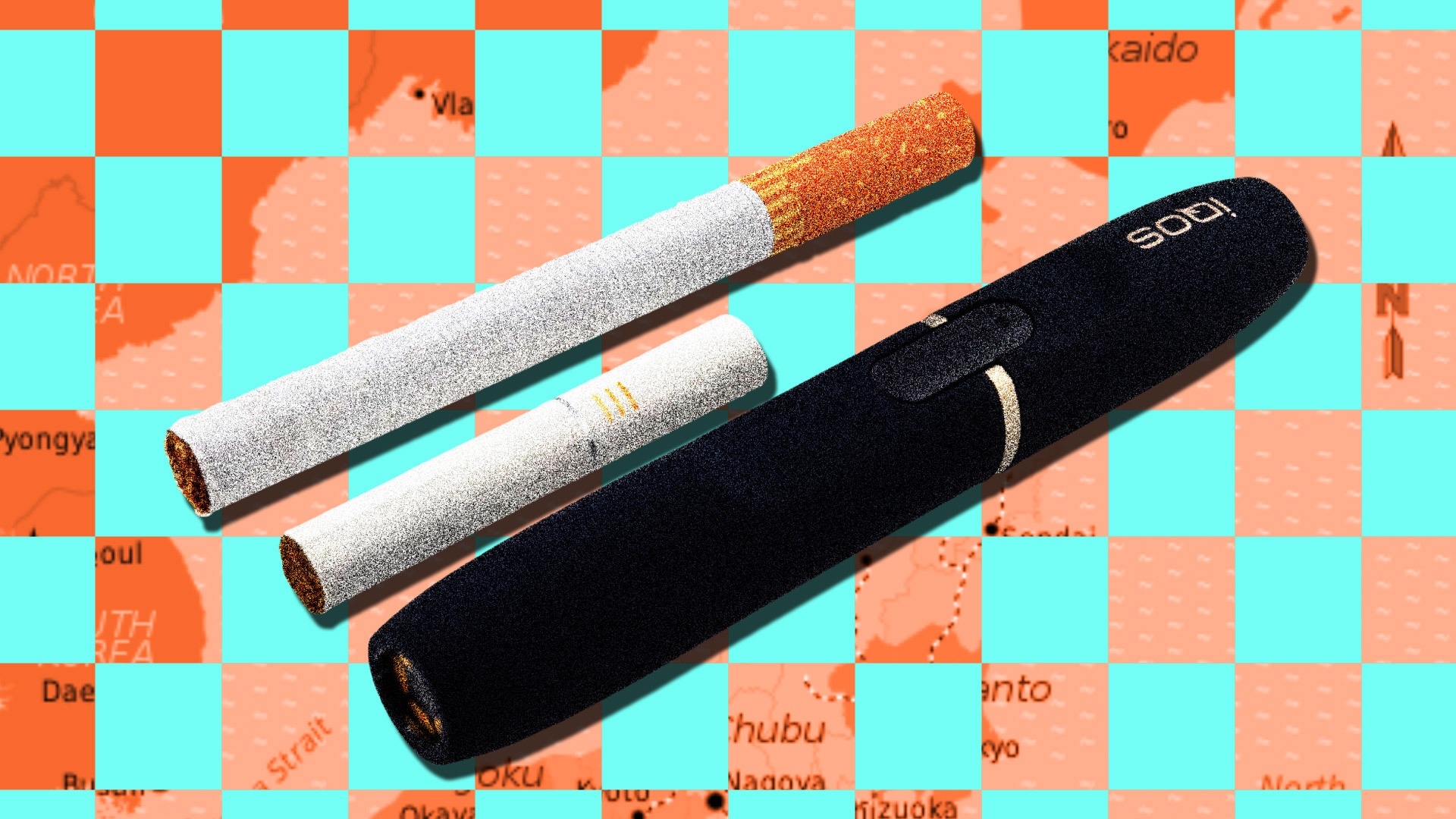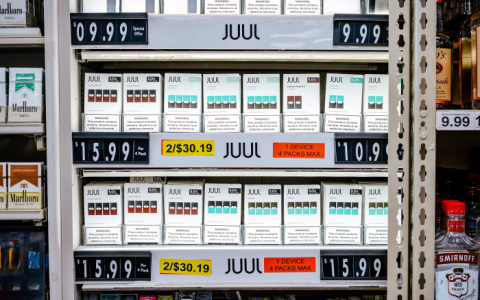Regulatory Landscape for Electronic Cigarettes in Japan
Japan has a unique regulatory framework concerning electronic cigarettes (e-cigarettes) and vaping products. The primary distinction lies in the nicotine content of e-liquids.
Key Regulations:

- Nicotine-Containing E-liquids: Under the Pharmaceutical Affairs Law (now the Act on Securing Quality, Efficacy and Safety of Products Including Pharmaceuticals and Medical Devices), e-liquids containing nicotine are classified as medicinal products. Their domestic sale is heavily restricted and requires a pharmaceutical license, which is practically unattainable for e-cigarette vendors. Therefore, nicotine-containing e-liquids are not commercially sold in physical stores or by domestic online retailers in Japan.
- Personal Importation of Nicotine: Individuals are generally permitted to import a limited quantity of nicotine-containing e-liquids for personal use. This typically involves purchasing from overseas vendors. The allowable amount is usually restricted (e.g., a one-month supply, often cited as up to 120ml of liquid).
- Non-Nicotine E-liquids: E-liquids that do not contain nicotine are not subject to these pharmaceutical regulations. They are legal to sell and purchase within Japan and are widely available in vape shops and online.
- Vaping Devices: The sale and possession of vaping devices (hardware such as mods, tanks, and batteries) are legal, regardless of whether they are intended for use with nicotine or non-nicotine liquids.
Distinction from Heated Tobacco Products (HTPs)
It is crucial to differentiate e-cigarettes from Heated Tobacco Products (HTPs), which are extremely popular in Japan. HTPs like IQOS, glo, and Ploom TECH heat processed tobacco to create an aerosol, rather than vaporizing a liquid. These products contain nicotine derived directly from tobacco.
Characteristics of HTPs:
- They are legally sold and regulated as tobacco products.
- They are subject to tobacco taxes and age restrictions applicable to conventional cigarettes.
- Their widespread availability and distinct regulatory status often lead to confusion with e-cigarettes.
Market and Availability
The Japanese market reflects these regulations:
- A wide array of vaping devices and non-nicotine e-liquids is available domestically.
- Consumers seeking nicotine e-liquids primarily rely on personal importation from international online stores.
- HTPs dominate the “alternative smoking” market share.
Usage and Public Etiquette
While the use of non-nicotine e-cigarettes is generally permissible, rules regarding where one can vape often align with smoking regulations. Many municipalities and private establishments enforce restrictions:
- Outdoor public spaces may have designated smoking/vaping areas.
- Indoor vaping is increasingly restricted in public buildings, restaurants, bars, and on public transport, similar to smoking bans.
- Always observe signage and local customs. “No Smoking” signs usually imply “No Vaping” as well.
Awareness of second-hand aerosol and adherence to local rules are essential for vapers in Japan to ensure respectful coexistence.










